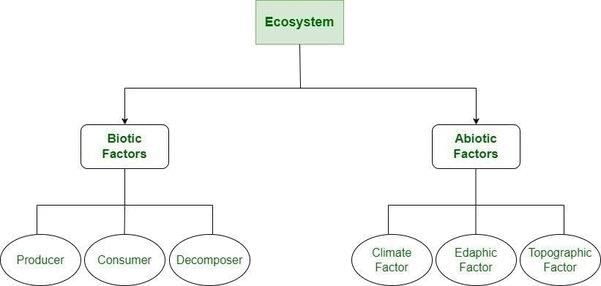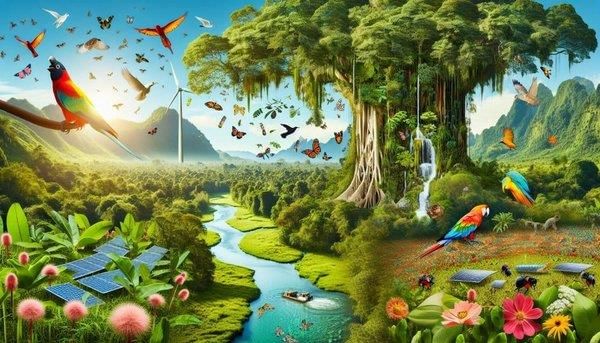|
Biotic components (living organisms) and abiotic components (non-living elements like soil and minerals) 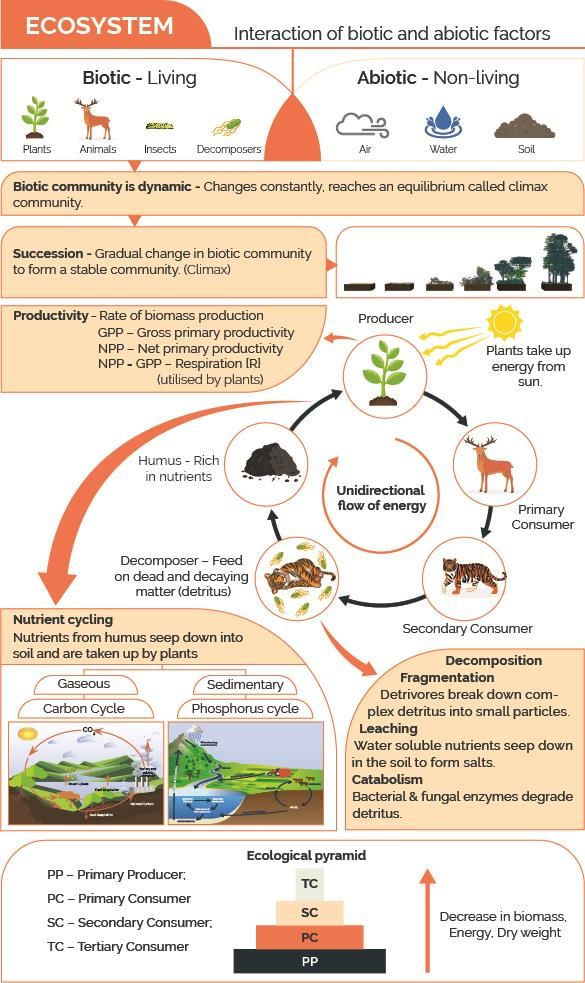 |
Card: 2 / 24 |
|
Fill in the blank: The interdependence in nature highlights how every living organism, from ___ to ___, relies on each other for survival. |
Card: 3 / 24 |
|
Producers, such as plants, convert sunlight into energy, forming the base of the food chain. 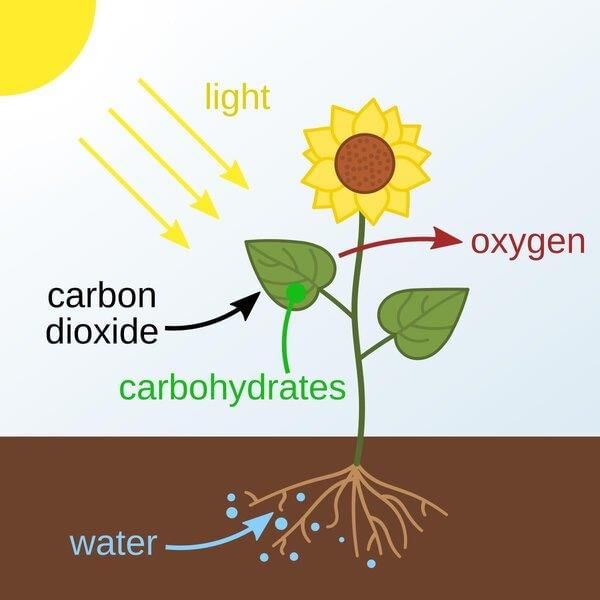 |
Card: 6 / 24 |
|
Multiple Choice: Which of the following is NOT an abiotic component of an ecosystem? A) Water B) Trees C) Air D) Minerals |
Card: 11 / 24 |
 Unlock all Flashcards with EduRev Infinity Plan Starting from @ ₹99 only
|
|
Explain the relationship between biotic and abiotic components in an ecosystem. |
Card: 13 / 24 |
|
Biotic components depend on abiotic components for survival; for example, plants (biotic) need soil and water (abiotic) to grow. |
Card: 14 / 24 |
|
A food web is a complex network of interconnected food chains that illustrates how various organisms in an ecosystem are related through feeding relationships, whereas a food chain shows a linear sequence of organisms where each is eaten by the next. 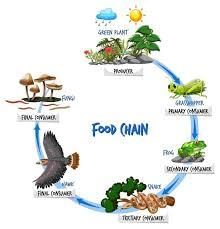 |
Card: 16 / 24 |
|
Fill in the blank: Conservation efforts are essential for preserving ___ and maintaining ecosystem balance. |
Card: 17 / 24 |
|
True or False: Human activities such as deforestation and pollution have no significant impact on ecosystems. |
Card: 19 / 24 |
|
False. Human activities can severely disrupt ecosystems, harming biodiversity and ecological balance. 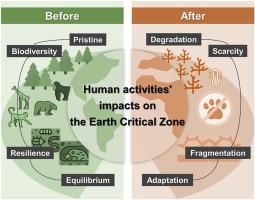 |
Card: 20 / 24 |
|
Riddle: I am a delicate balance, where every creature plays a part, disrupting me can lead to trouble, and harmony is the heart. What am I? |
Card: 21 / 24 |
|
Why is maintaining harmony in nature important for the survival of all species? |
Card: 23 / 24 |
|
Maintaining harmony ensures that all species can coexist, supports biodiversity, and helps regulate ecosystems, which ultimately benefits human survival as well. 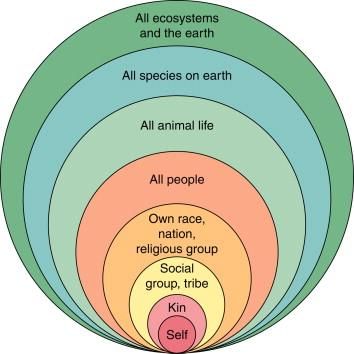 |
Card: 24 / 24 |






